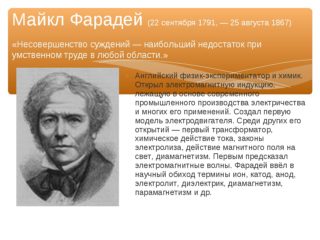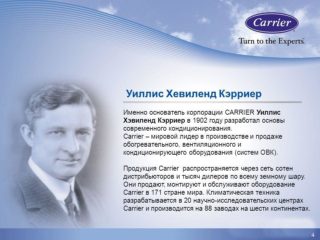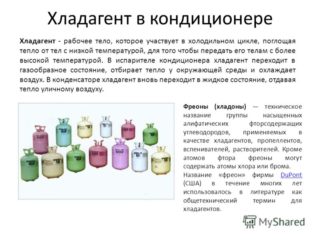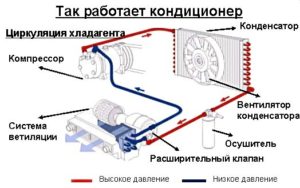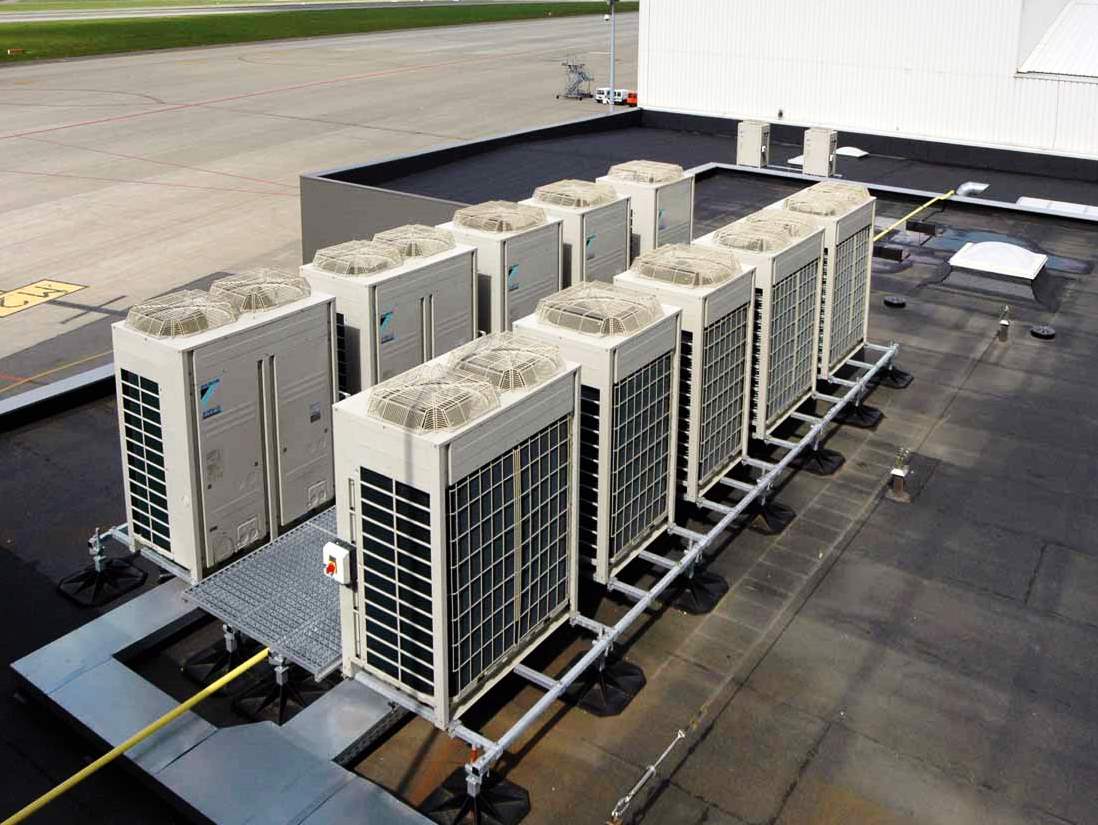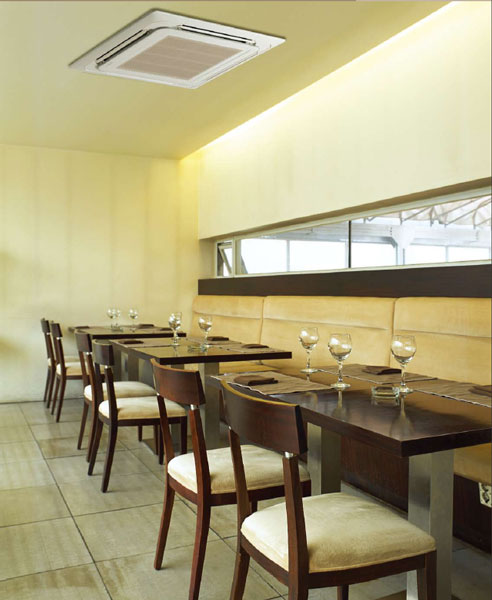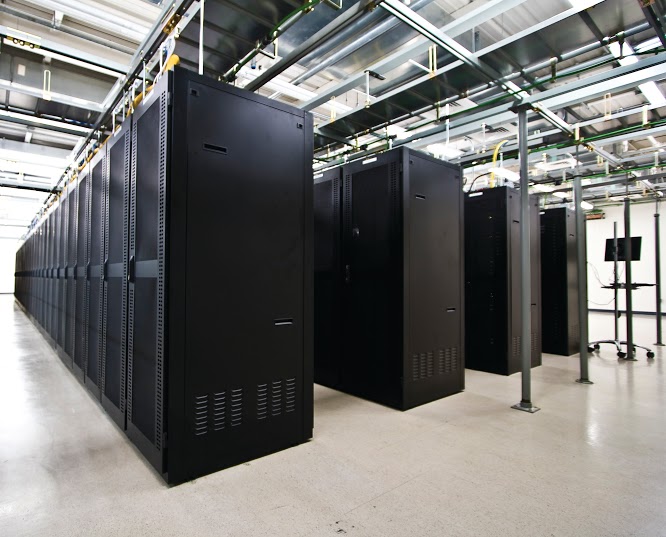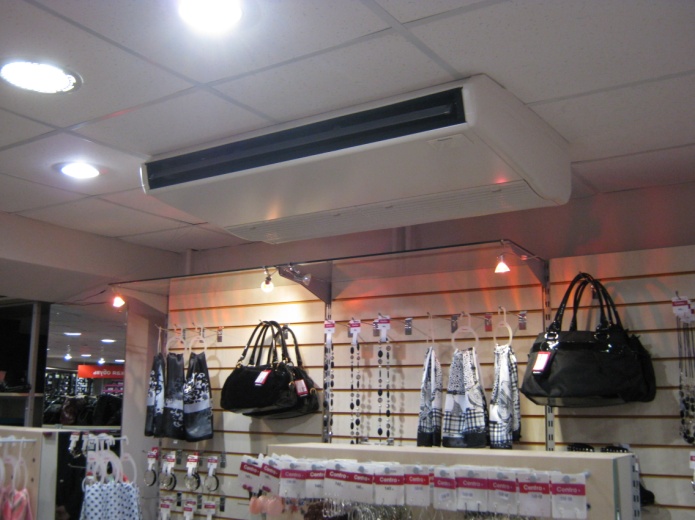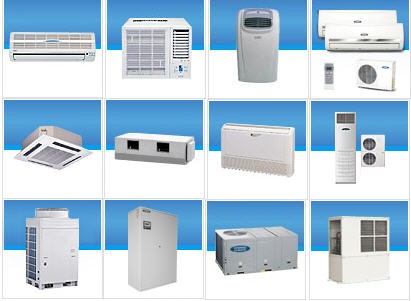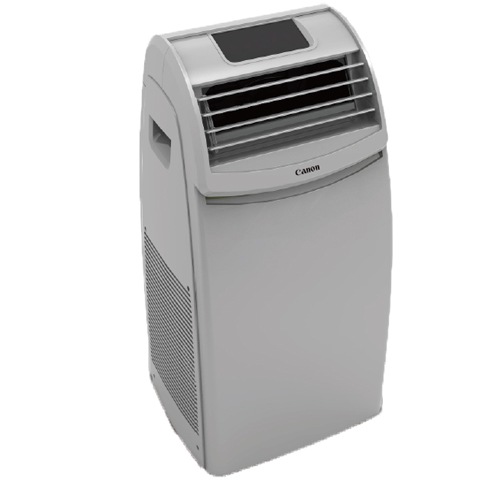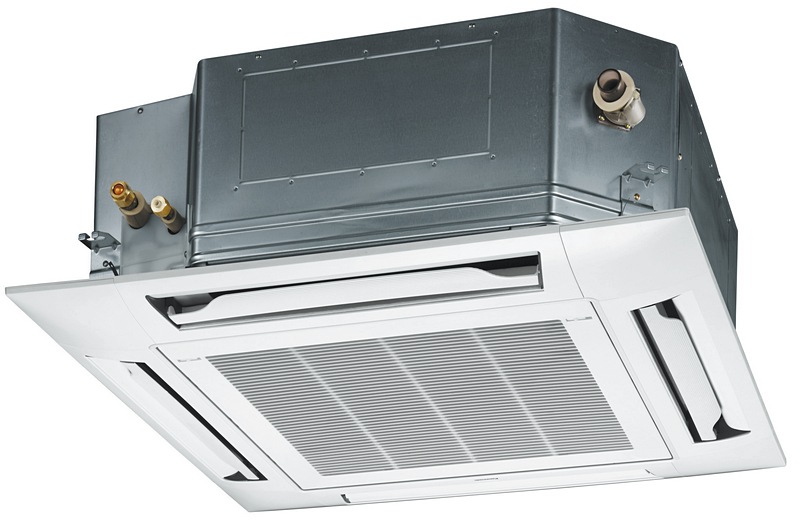The history of air cooling devices goes back more than one millennium. In the heat, fans, ice, vessels with evaporating water were used. The concept of "air conditioning" appeared in 1815. Frenchman Jean Chabannes patented the ventilation system of the premises. Thanks to him, the word "air conditioner" appeared in the lexicon, which meant a device that maintains a comfortable temperature in a room.
First steps towards the invention
In the United States, physician John Gorrie, in search of ways to treat tropical fever, solved the problem of lowering the temperature and humidity of the air in the hospital wards. His invention was a dry ice machine. Gorri designed a compressor that compresses air for cooling purposes. The principle of its operation is applied in all systems of refrigeration and climatic technology. The inventor did not advance further than creating artificial ice.
The appearance of the first air conditioner
It took almost 100 years from the moment of the first natural ventilation system to the invention of the air conditioner. Humanity owes the appearance of the apparatus to the American engineer Willis Carrier. Since childhood, he was fond of developing ventilation systems on the parent's farm.
After graduating from the university, the gifted young man took up the practical development of devices that change the parameters of the air.
In 1902, the world's first air conditioner appeared.
A year later, the air conditioner was installed in the hall of the Cologne theater. The audience went en masse not to the show, but to the unusual sensations of the cool hall.
Carrier received a patent for his invention in 1906, even earlier he organized his own company, Carrier Corportion. His first customers only demanded from the devices to reduce humidity. Such machines were installed in textile factories.
Since the invention of the centrifugal chiller by Carrier, the problem of equipping large rooms with climatic systems has been solved.
After installing an air conditioner in a Detroit department store, the store's revenue tripled. Soon, numerous commercial establishments and a government building were equipped with climate technology. By the late 1920s, air conditioning systems appeared in the US Senate and Congress. 300 American theaters have been equipped with Carrier products.
For several years it was possible to enjoy the coolness on a sultry day only in a public place, until General Electric introduced the first household split system. Carrier invented an air conditioner that used ammonia as the refrigerant. The harmful substance did a good job of dissipating heat, but it was a threat to human life.In this regard, the air conditioner was made of two blocks, the part with a compressor and a condenser was placed outside.
Freon invention
The use of toxic substances in refrigeration units has repeatedly led to fatal poisoning.
In 1928, Thomas Midgley, an employee of the American company General Motors, managed to obtain a chemical compound later called freon.
Carrier Corporation changed the design of its products in a short time. Its air conditioners became monoblock, a window model appeared. The use of safe freon as a refrigerant did not require block separation. Window models are still relevant in African countries and India. They are distinguished by an affordable price, easy to install and maintain.
Technology development
For a long time, American designers remained the pioneers in the development of climatic and refrigeration technology, until at the end of the 50s Japanese companies seized the initiative. Daikin introduced a heat pump air conditioner to customers. This technique has received an additional heating mode. Mass production of split systems began in 1061.
Toshiba has shown a new level of comfort when using climatic equipment. The noisiest mechanisms were placed in one of the units of her air conditioners and were taken out of the room. The compressor, which vibrates and hums during operation, was mounted on a roof or outer wall. The part with the evaporator remained in the room, operating in a comfortable sound range. The difference with the window models was striking. In addition, the new model could be placed in a convenient location.
After 7 years, the Japanese company managed to create a multisplit system in which several internal ones were connected to one external unit.
Device and principle of operation
Main nodes:
- compressor - a unit that compresses the refrigerant to increase the pressure up to 15-25 atmospheres;
- condenser - a device of an external unit, where the gas passes into the liquid phase;
- evaporator - part of the indoor unit in which freon turns into gas;
- fans - parts that create an air flow;
- copper main - the pipeline connecting the two parts of the split system serves as a route for the circulation of freon.
In monoblock models, all elements were placed in one housing, there was no need to install connecting pipes. The principle of operation of the air conditioner is the same for all models and types of equipment. The compressor compresses the freon, causing an increase in pressure and temperature. The refrigerant enters the condenser where it cools down and turns into liquid. Then it enters the evaporator through a capillary tube. Being in the radiator, it passes into the gaseous phase, absorbing heat. From the evaporator it flows back to the compressor, the cycle repeats. The fans create a stream of air that is cooled when the evaporator is blown.
Thanks to the development of technology, a block has appeared that controls the operation of the compressor motor.
The first inverter-controlled split system was created by the Japanese company Toshiba in 1980.
The infinitely variable model featured low noise levels and high efficiency. A year after the development of the commercial air conditioner, a version for domestic use appeared. Inverter equipment has received tangible advantages: reduced wear of parts, electricity consumption, and increased service life. After 7 years, the novelty accounted for 95% of sales.
The development and improvement of climatic technology continues. Models appear with intelligent controls, automatic sensors that do not require human intervention. The equipment is capable of accurately controlling any air parameters.

